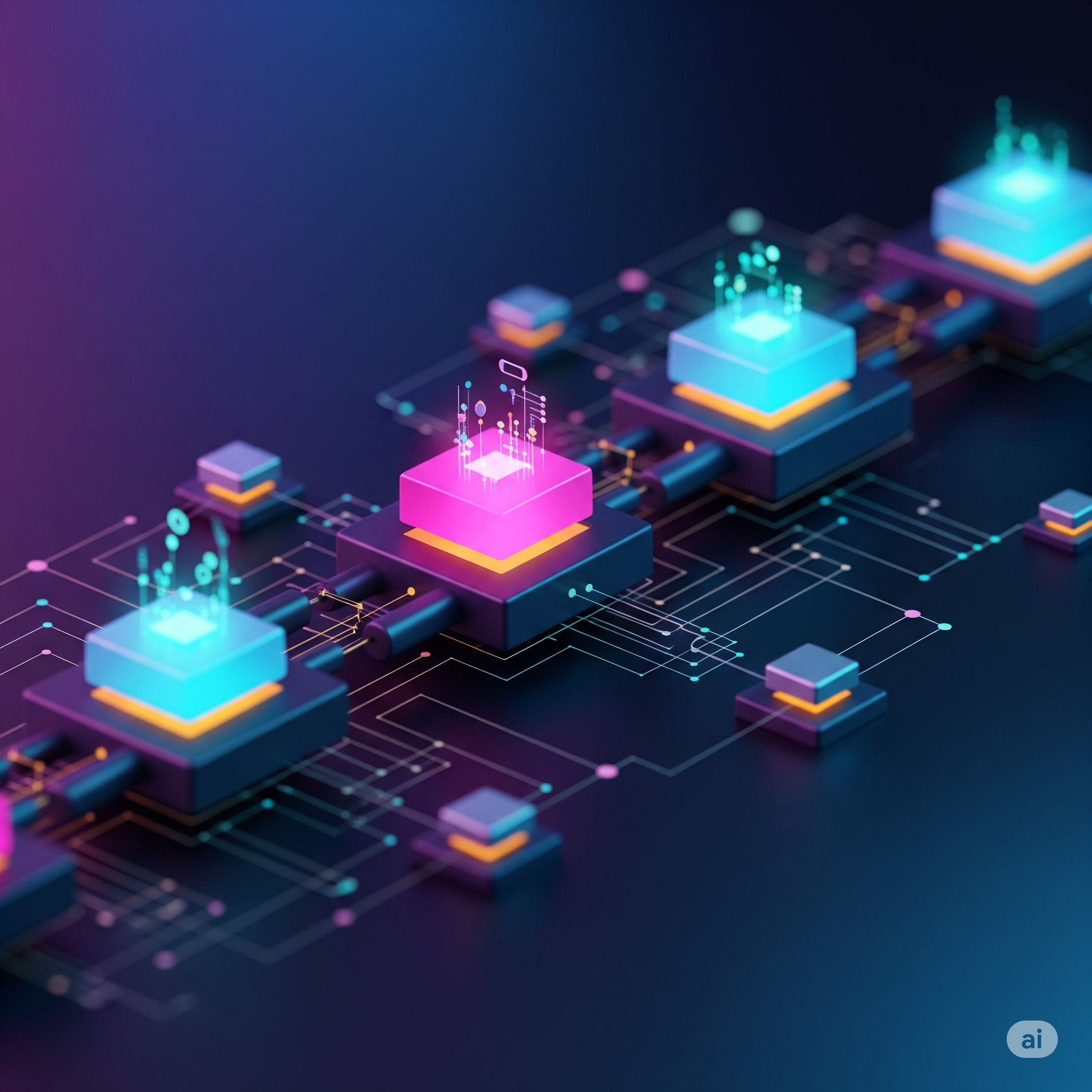
We’re no longer just building products — we’re building ecosystems. From smart thermostats that learn your schedule to shipping containers that talk to cloud systems in real time, modern products are no longer isolated tools. They’re connected, intelligent, and expected to operate seamlessly across the digital landscape.
That’s where IoT (Internet of Things) and Blockchain come in — not as futuristic buzzwords, but as the backbone of next-generation product design.
If you’re developing a new product — whether it’s a consumer gadget, an industrial tool, or a B2B platform — here’s why embedding IoT and blockchain from the start isn’t just a bonus. It’s essential.
The Shift Toward Smarter, Safer Products
Customers today want more than functionality — they want convenience, real-time responsiveness, and peace of mind. Products are expected to be:
- Aware of their surroundings
- Capable of sending/receiving data
- Easy to control remotely
- Secure and trustworthy
These aren’t nice-to-haves. They’re baseline expectations.
That’s where IoT shines. By embedding sensors and connectivity into everyday items, you unlock a world where devices can sense, adapt, and report — enabling predictive maintenance, usage analytics, and remote control.
But connectivity alone isn’t enough. In a world full of data breaches, trust is paramount — and that’s what makes blockchain a perfect complement. With its decentralized structure and tamper-proof logs, blockchain secures every transaction and interaction, giving both users and businesses peace of mind.
Why Combine IoT and Blockchain?
IoT is powerful. But it also opens up vulnerabilities.
Cybercriminals might potentially access any linked gadget. With billions of IoT devices projected to be online, traditional security models simply can’t scale.
Blockchain brings accountability and transparency to this complex web of connections. Here’s what happens when you bring both technologies together:
Real-Time Data + Immutable Records
Because sensor data from IoT devices is saved on blockchain, it is easily auditable and immune to tampering.
Decentralized Security
IoT networks often rely on centralized systems that can be hacked. Blockchain decentralizes control, reducing single points of failure.
Automated Trust with Smart Contracts
Smart contracts can trigger actions when certain IoT conditions are met — all without human intervention or risk of manipulation.
Better Device Authentication
Blockchain can assign unique IDs to devices, making it easier to verify their identity and control access securely.
Real-World Applications That Prove the Point
This isn’t theory — it’s already happening.
- Supply Chain: Products equipped with IoT sensors can track temperature, humidity, and location in real time. Blockchain verifies each step of the journey, ensuring transparency and trust across stakeholders.
- Healthcare Devices: From insulin pumps to fitness trackers, IoT devices gather sensitive data. Storing that data on blockchain means it’s not only secure but accessible only to the right parties.
- Smart Cities: IoT sensors monitor everything from traffic lights to energy usage. Blockchain adds a layer of transparency and auditability, critical for public trust.
- Automotive: Connected vehicles are now equipped with diagnostics, GPS, and over-the-air updates. Blockchain can log vehicle history, insurance, and software changes securely.
Why Start from the Ground Up?
Trying to bolt IoT or blockchain onto an existing product later is like trying to add airbags to a car after it’s been built. It’s expensive, complicated, and inefficient.
The best approach is to design with these technologies in mind from day one.
Here’s what that enables you to do:
- Architect your product for data-sharing and automation
- Choose the right hardware and protocols early
- Embed blockchain-enabled security frameworks at a foundational level
- Build compliance into the system from the get-go (especially for industries like healthcare or finance)
This proactive mindset saves money, avoids rework, and most importantly — creates better, smarter products.
Challenges? Yes. But Worth It.
Integrating IoT and blockchain isn’t plug-and-play. It comes with its own challenges:
- Scalability: IoT generates massive data. Blockchain occasionally has issues with speed and volume.
- Energy Use: Especially for proof-of-work chains, energy efficiency must be considered.
- Interoperability: Not all devices and blockchains play well together. Custom integration may be required.
- Cost: Adding sensors and secure ledgers can increase upfront costs.
But the long-term value — reduced risk, enhanced user trust, predictive insights, and product longevity — far outweighs these hurdles.
That’s where working with experienced partners like NetObjex becomes crucial. We help you navigate architecture, choose the right platforms, ensure compliance, and future-proof your product roadmap.
A Future Where Products Are Platforms
The world is moving toward “product ecosystems” — think of how your smartphone connects to your watch, car, fridge, and cloud services. Your product, no matter the industry, will soon need to be part of a larger connected ecosystem.
Integrity, intelligence, and interoperability are becoming required design features. It’s a competitive edge.
Final Thoughts
If you’re developing a product and you haven’t considered IoT and blockchain yet — now is the time.
These aren’t just tech trends — they’re foundational shifts in how value is created, secured, and shared in the digital age.
At NetObjex, we help companies embed IoT and blockchain at the core of their product DNA, so they can scale confidently and deliver lasting value.
Ready to start building smarter, safer, connected products? Let’s talk.